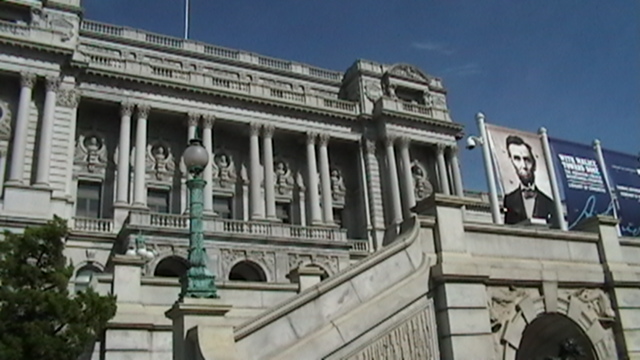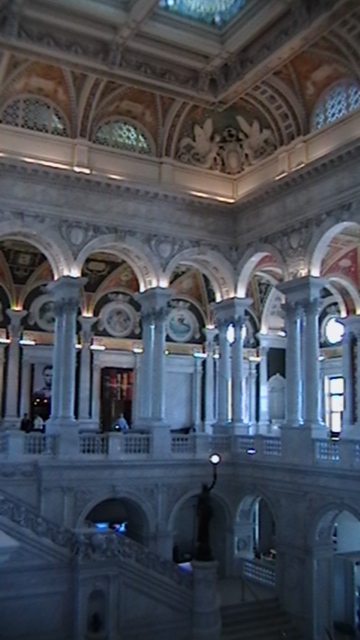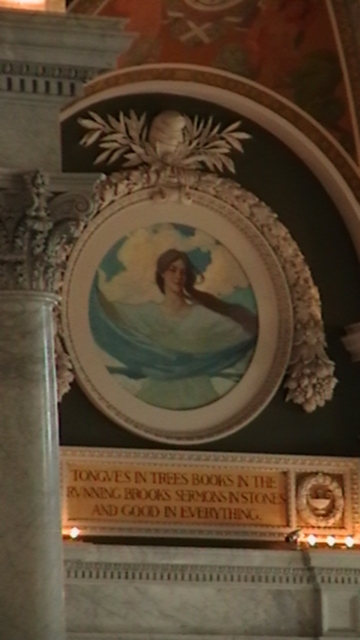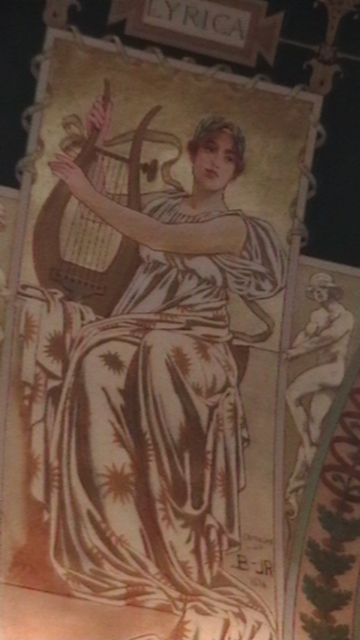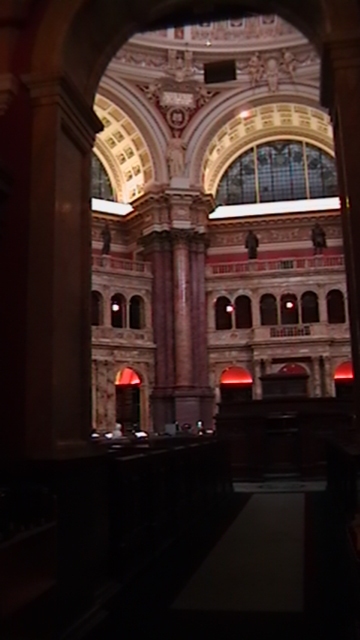A primary source is a document or physical object which was written or created during the time under study. These sources were present during an experience or time period and offer an inside view of a particular event.
That definition of a primary source is from a Princeton University website on doing research. (Because I used their information, I am giving them credit, an attribution, I am sharing where the information was found.)
What does that definition of primary sources mean? It means if you or I or anyone writes in their diary, sends a letter, an email or even a text, if it can be saved, it might end up being a primary source. It also depends on the question I have or what I am researching. If I am studying what it is like to be a student in an Anchorage elementary school, any of your homework, writing, artwork or tests would be primary sources. We could also look at our school newsletters, pictures, videos of school activities, or yearbooks.
A primary source also might be a piece of art, a machine, or something else someone made. This is how Princeton University explains different types of primary sources:
Some types of primary sources include:
- ORIGINAL DOCUMENTS: ….Diaries, speeches, manuscripts, letters, interviews, news film footage, autobiographies, official records
- CREATIVE WORKS: Poetry, drama, novels, music, art
- RELICS OR ARTIFACTS: Pottery, furniture, clothing, buildings
The most common forms of primary sources are probably writings and photographs.
If we are talking about the early days of American History, one of our primary sources could be an early draft of the Declaration of Independence. When we look at this document, we see that Thomas Jefferson crossed out some things and did rewrites on parts of the Declaration. We can see digital image of one of the drafts on the Library of Congress site. I have linked it here – Draft, Declaration of Independence. Or, if I am studying women’s roles during the Civil War, I might look for pictures or letters. For now, I will use a picture as an example. This link is to picture I found from the Library of Congress site and would be a primary source for a topic about women at the time of the Civil War: Camp of 31st Pennsylvania Infantry. You can click on the picture on the page to see it better. This picture seems to show us that families lived in at least one military camp with the soldiers. What else can you see that tells you something about the lives of the people in the picture? If my question is about what women did during the Civil War, how would this picture help me answer this question? Hint – what do you think is in her basket?
In school we often use SECONDARY SOURCES, Princeton describes them this way:
A secondary source interprets and analyzes primary sources. These sources are one or more steps removed from the event. Secondary sources may have pictures, quotes or graphics of primary sources in them. Some types of secondary sources include:
- PUBLICATIONS: Textbooks, magazine articles, histories, criticisms, commentaries, encyclopedias
Examples of secondary sources include:
- A journal/magazine article which interprets or reviews previous findings
- A history textbook
- A book about the effects of WWI
I hope this information will help you in your research and that you will seek out primary sources whenever you can.
Ms. Reece


